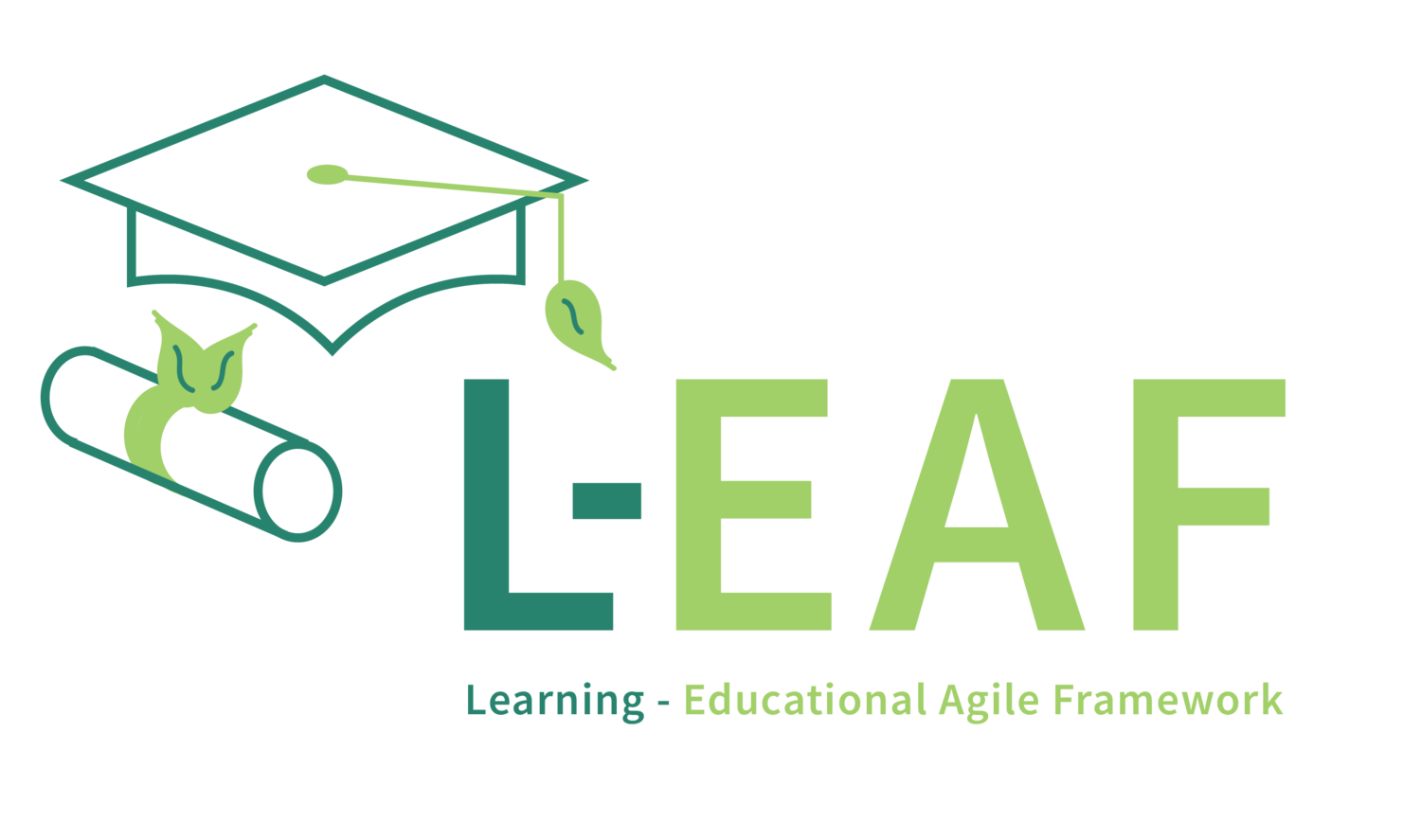Collaborative work - more than just some words or a skill.
In a previous article, “Are these the Skills and Values you are looking for?”, we introduced the values that the Learning-Educational Agile Framework was built on, explained why we hold them dear and feel they are critical to improving our education systems. In this article we dive deep into one of those values and explore the ”How” and “Why” educational agility, specifically the pillar of Student Agility, is rooted in Collaboration in the classroom.
Collaboration is a cornerstone value of agility in that it exposes students to opportunities that allow them to practice being open to different ideas and viewpoints, and it encourages them to explore ways of working with a diverse team that is aligned on a common goal and on shared outcomes. In this article, we will explore how collaboration helps students to develop these important skills and why they are important for success in life.
Today’s digital economy thrives through high functioning teams, which is to say individuals skilled in Collaboration. This means collaboration is essential in the modern professional world. With technology and communication making it easier for distributed teams to work together, students need to learn how to work with others effectively. By collaborating with others, students can share their knowledge and ideas, and work together to achieve a common goal. This is important because many problems in life and at work require a team effort to solve, and students who learn how to collaborate will be better prepared for the challenges they will face in the future. Students who practice agility in the classroom will be far ahead of those who do not learn the new ways of working until after they have joined the workforce. Rarely do most teachers in traditional settings build deep collaboration into their classroom design, depriving students of needed practice in this skill. Some teachers say collaboration is hard to grade. We think the effort to try new things and incorporate things like sustained collaboration into current education practices is what our students deserve.
Collaboration also helps students to be open to different ideas and experiences. When students work with others who have different backgrounds and experiences, they can learn about different perspectives and ways of thinking. This helps to broaden their understanding of the world and helps them to be more empathetic and inclusive. It also helps teams introduce more variability and breadth into their problem solving, a proven hallmark of high functioning teams. Proximity and location are no longer a barrier to employment, as we learned during the COVID-19 lockdown. For workers engaged in the digital economy, having the empathy to collaborate with a diverse team from around the world is becoming a requirement for employment in many desirable job sectors. The additional constraints created in a competitive education system, tend to favor the hoarding of knowledge for personal gain over the sharing of knowledge for team growth.
Furthermore, collaboration encourages students to explore ways of aligning with a diverse team that shares a common goal. Aligning on goals is a skill that also is traditionally ignored in classrooms for the most part- left to change and rarely designed into the learning process. Alignment and the process of getting there teaches students the importance of teamwork and the power of shared intention and direction, serving as a foundation upon which educational and business agility are built. By working together, students can learn how to compromise, introduce variable perspectives and ideas and find creative solutions to challenges. They can also learn to appreciate the strengths of others and understand the importance of supporting each other.
Another benefit of collaboration is that it helps students to develop important skills such as communication, problem-solving, negotiation and critical thinking. By working with others, students learn how to communicate their ideas effectively and listen to others. Students practice the art of negotiation as they explore effective approaches to deliver the shared outcomes they have committed to with their teammates. Learning how and when to allow another person’s hypothesis to take center stage is key to a happy team. Beyond just allowing other’s ideas out, it also encourages students to explore and get curious about the details of other teammate’s ideas, and to enjoy the back and forth of building an idea or solution as a team. Students also learn how to identify problems and find creative solutions to solve them by pulling from the different and shared experiences of their teammates. These skills are essential in life and will help students to succeed academically, professionally and personally.
In conclusion, collaboration is a critical value in education and when practiced under the umbrella of educational agility it helps students to develop the skills that will help them to be open to different ideas, experiences, and encourages them to explore ways of working with a diverse team that shares a common goal. They can also develop a broader understanding of the world and learn to appreciate the strengths of others. These skills are essential for success in life, and educators should prioritize collaboration as a key value in education- making the time for students to enjoy not only solo accomplishment but shared accomplishments as well.
